SEO Strategy : How to Create an Effective Plan in Egypt & World

What Is an SEO Strategy?
An SEO strategy is a plan to create, optimize, and promote content to improve its visibility in search engine results, attracting more organic traffic to a website.
It involves a variety of techniques, such as keyword research, on-page optimization, technical SEO, and link building.
In other words: an SEO strategy is the process that you follow when you want to get more organic traffic.
Step #1: Create a List of Keywords
Keyword research is usually the first step of any legit SEO strategy.
And one of the best ways to find keywords that your target customers search for?
Google Suggest.
Start typing a keyword into Google’s search field, and it will populate a list of suggestions:
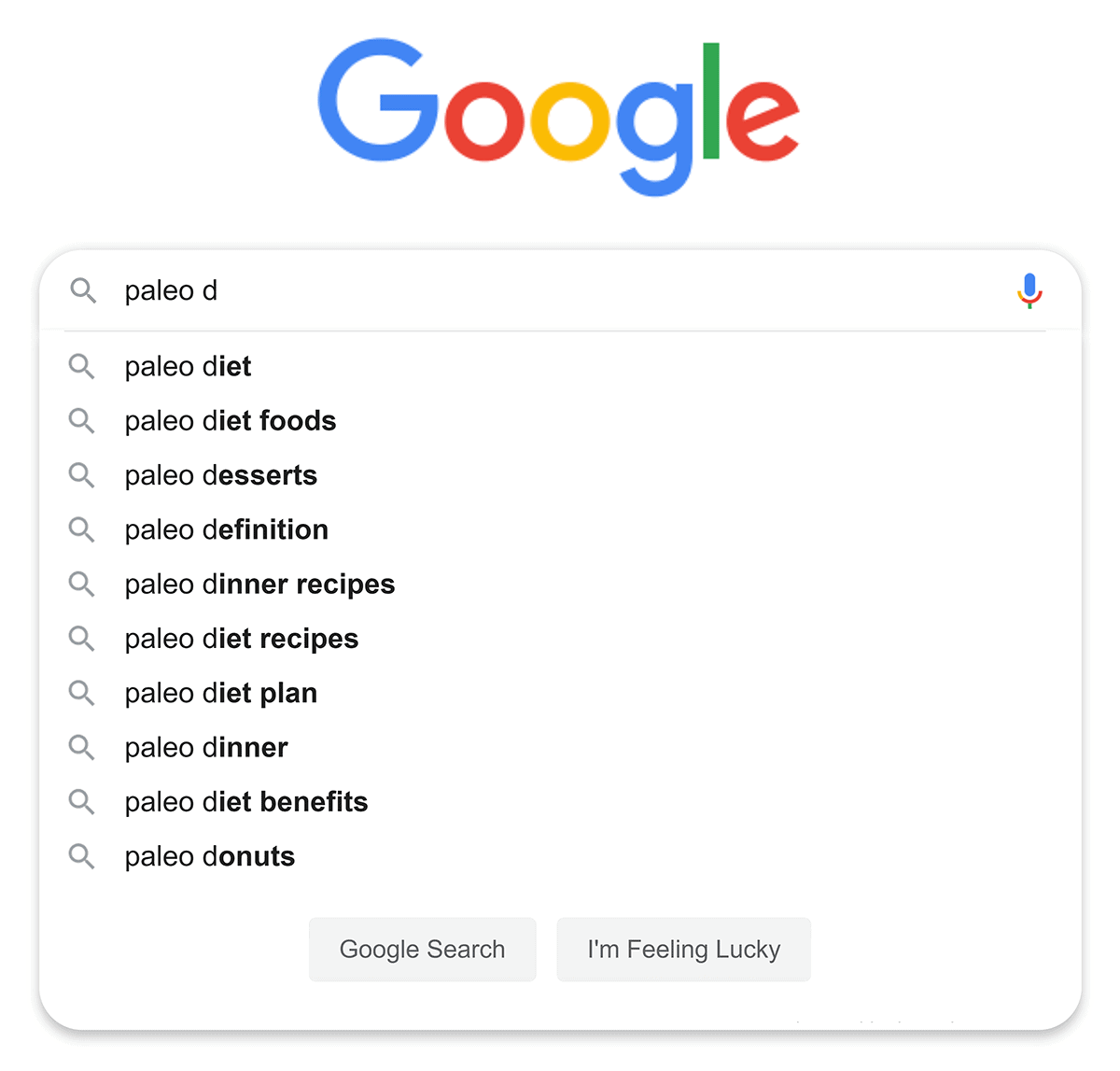
These usually make great keywords for SEO because they come straight from Google.
(Which means you know that people are actually searching for them.)
Plus, longer keywords (known as “long tail keywords”) tend to be less competitive than “short tail” terms.
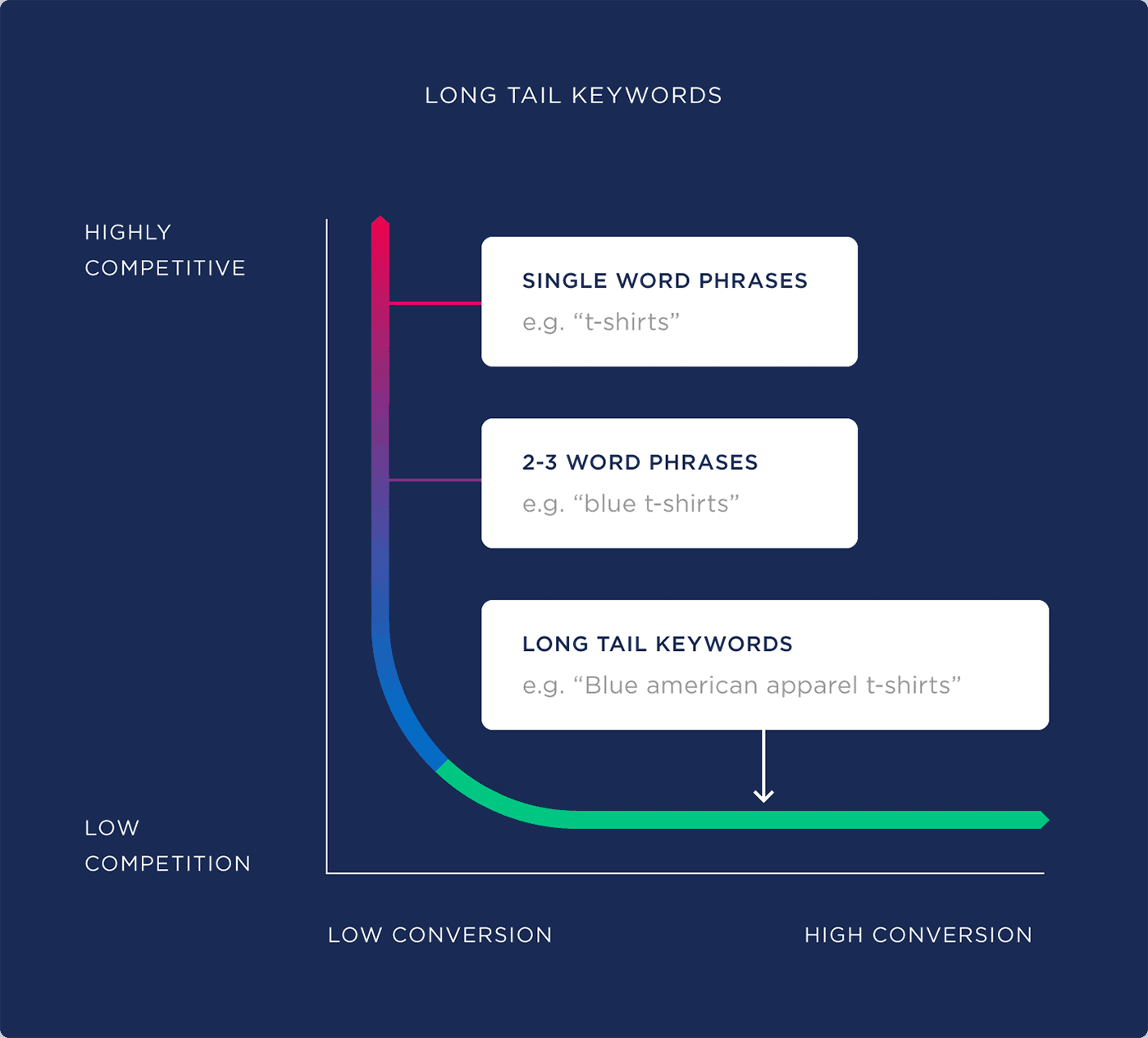
So even though long tails have relatively low search volume levels, they’re much easier to rank for.
I recommend typing a few different keywords into Google until you have a list of about 10 keywords.
If you want to check out the search volume and competition levels for those terms, you can use a keyword tool like Semrush or Ubersuggest.
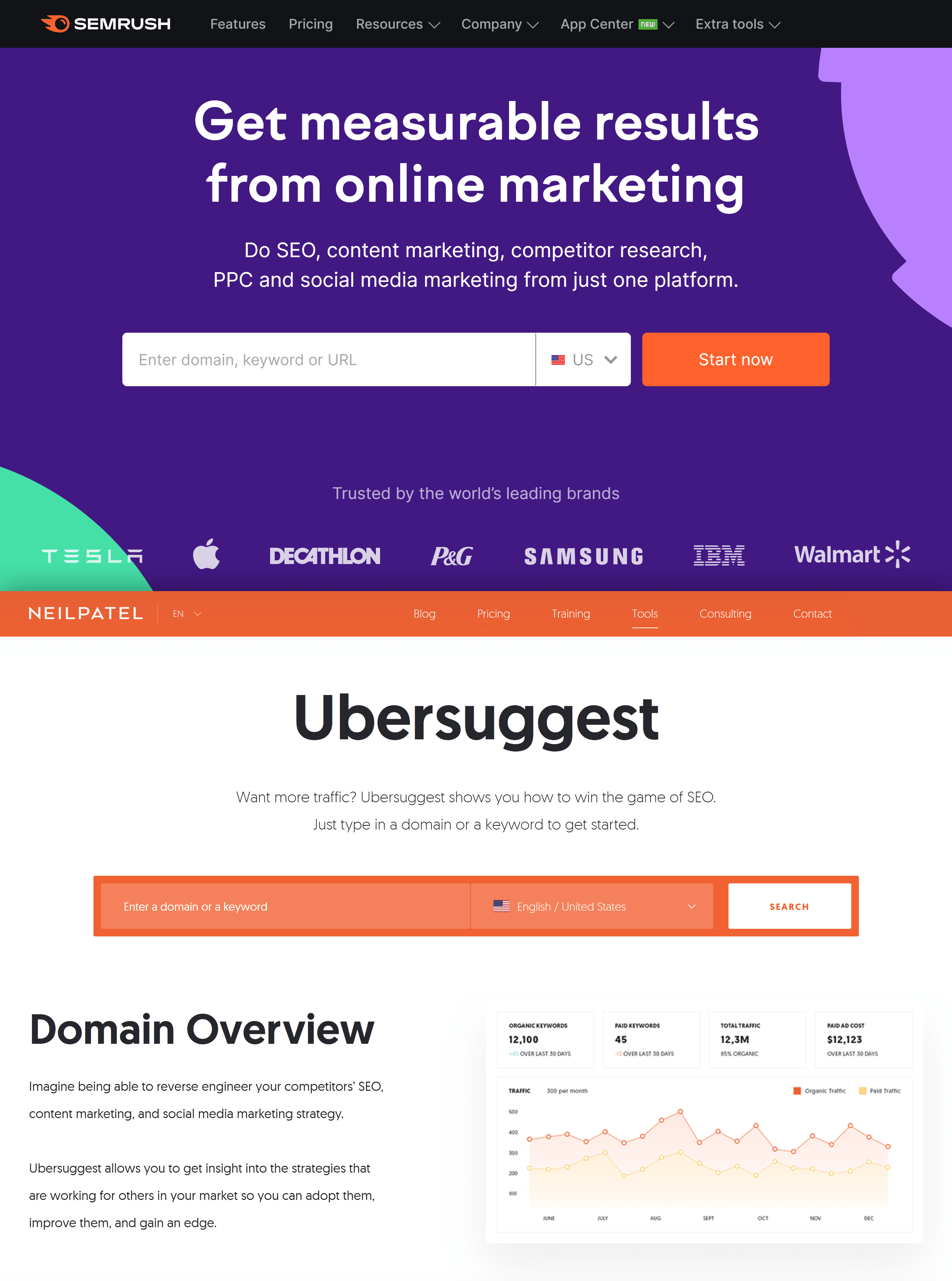
Once you have 10 keywords jotted down, you’re ready for step #2.
Step #2: Analyze Google’s First Page
OK, so you found a handful of keywords.
Now it’s time to see who already ranks for those keywords.
To do that, just type one of the keywords that you found into Google.
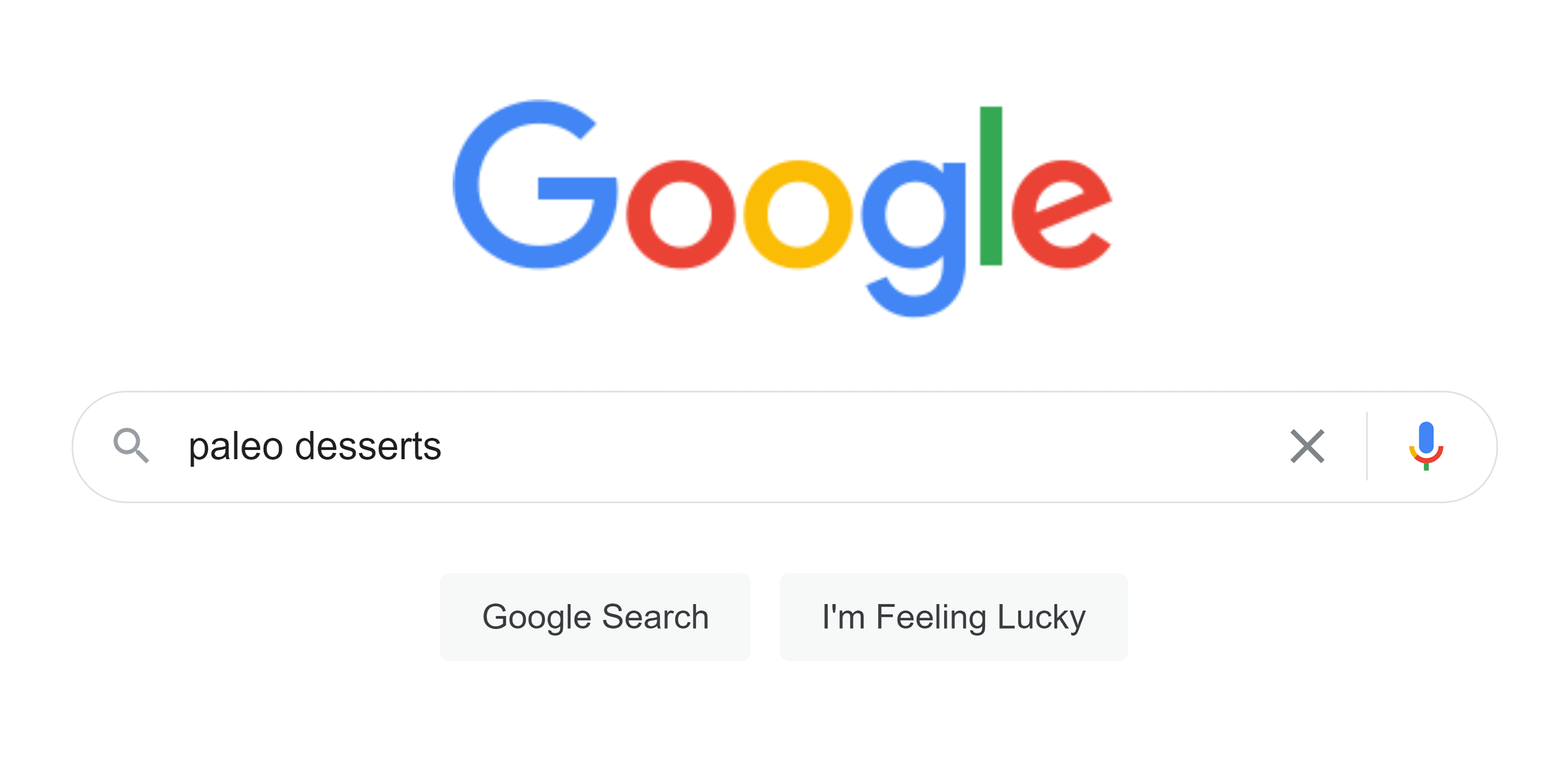
Scan the top 10 results:
And jot down any patterns that you notice.
For example, the SERPs for “SEO Tools” is PACKED with lists of tools:

So if you wanted to cover that topic on your site, you’d want to note that the first page results are made up mostly of list posts.
And you’d probably want to publish a list post on your blog.
Step #3: Create Something Different or Better
Now it’s time to create some super high-quality content.
When it comes to SEO content, you’ve got two options:
Option #1: You can create something different.
Option #2: You can create something better.
Sometimes you want to create something bigger and better than what’s out there.
(aka The Skyscraper Technique.)
But sometimes you’re better off with content that’s completely different.
Why?
Because it helps your content stand out.
For example:
Some time ago I sat down to write a piece of content optimized around: “Mobile SEO”.
And I noticed Google’s first page was littered with list posts, like: “X Ways to Mobile Optimize Your Site.”
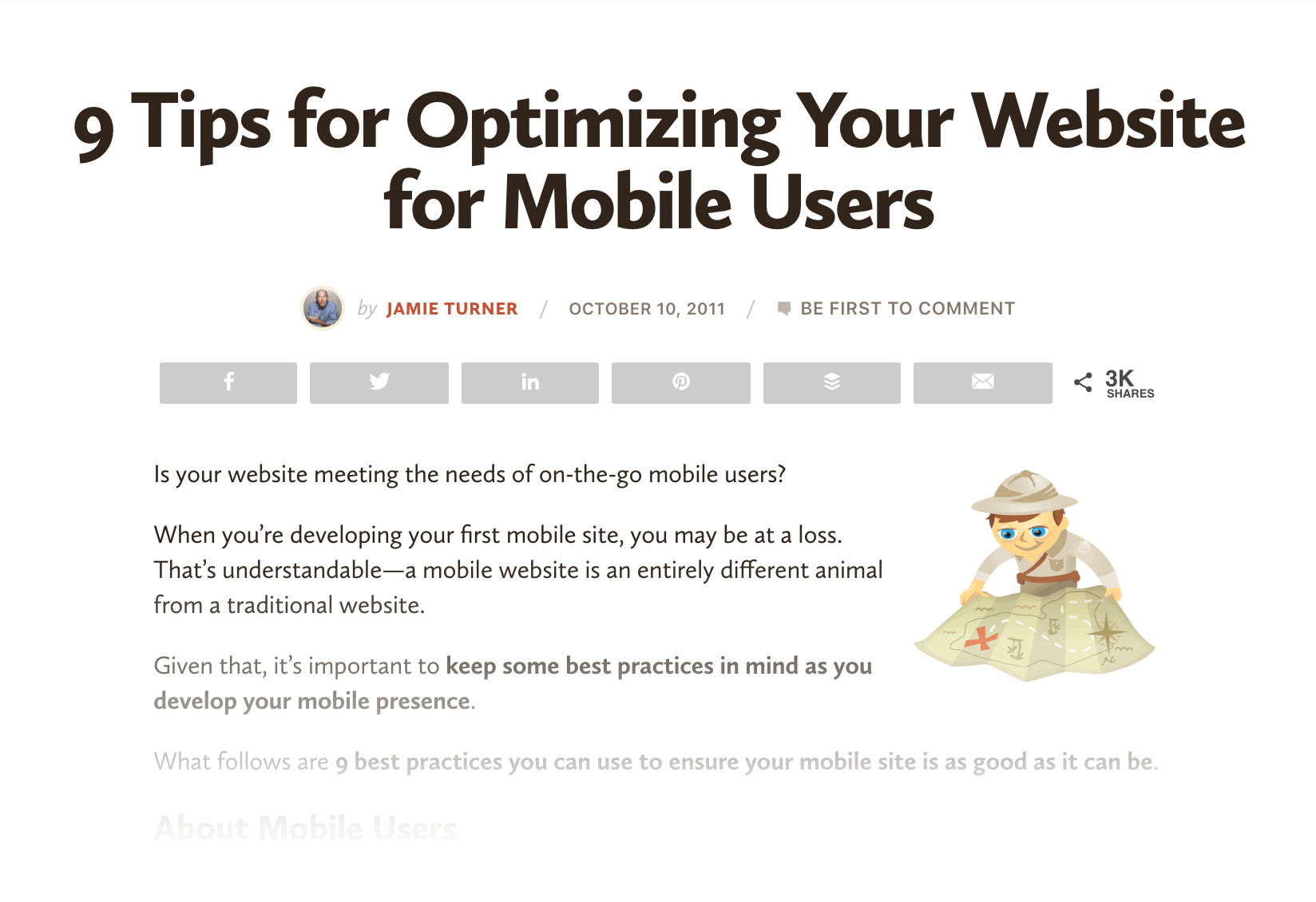
Now:
I could have created a bigger list post like: “150 Ways to Mobile Optimize Your Site”.
But that wouldn’t make any sense.
Instead, I created something totally different.
Specifically, I published an ultimate guide to mobile optimization.
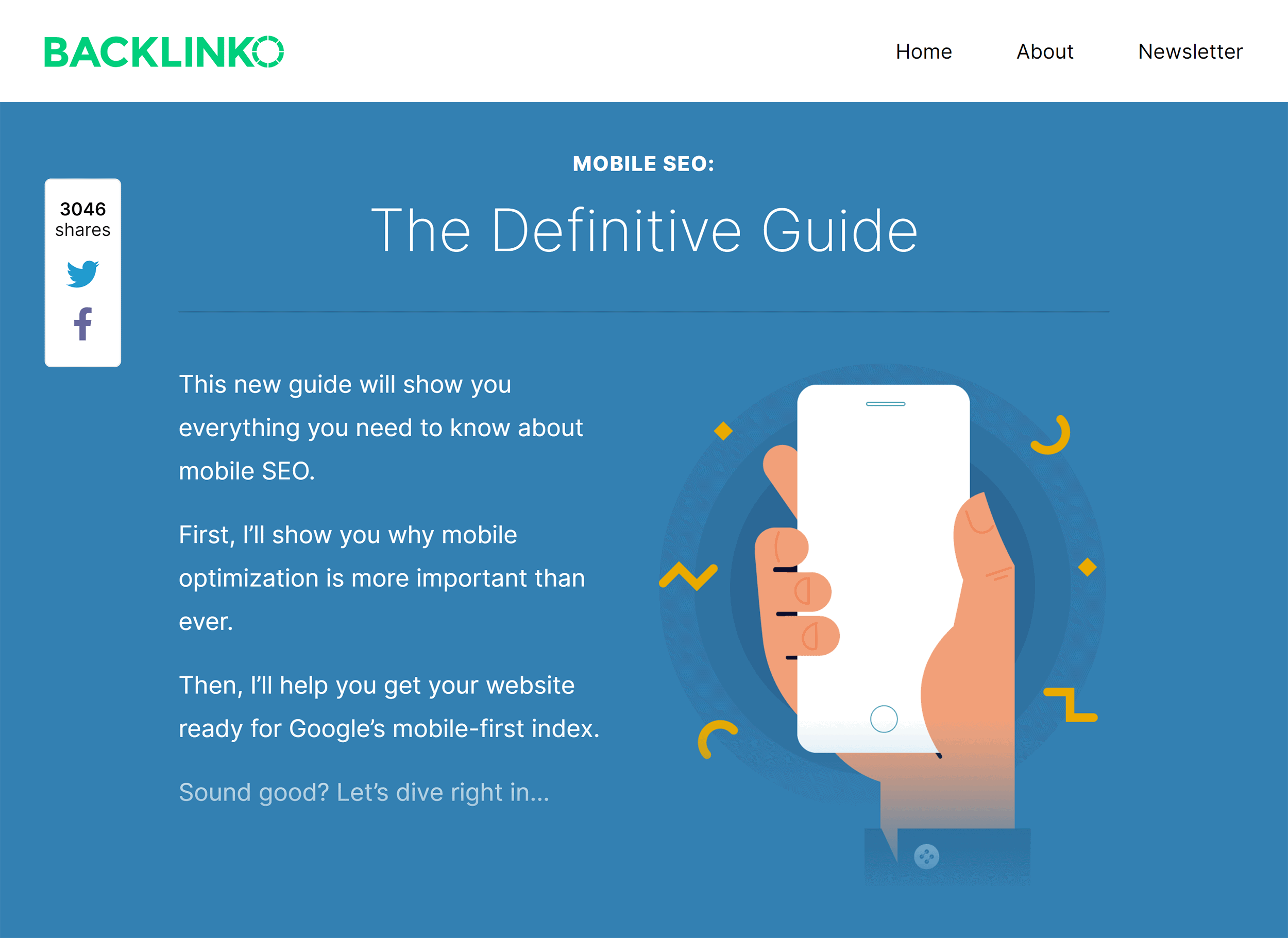
And because my content stood out, it got a ton of shares:
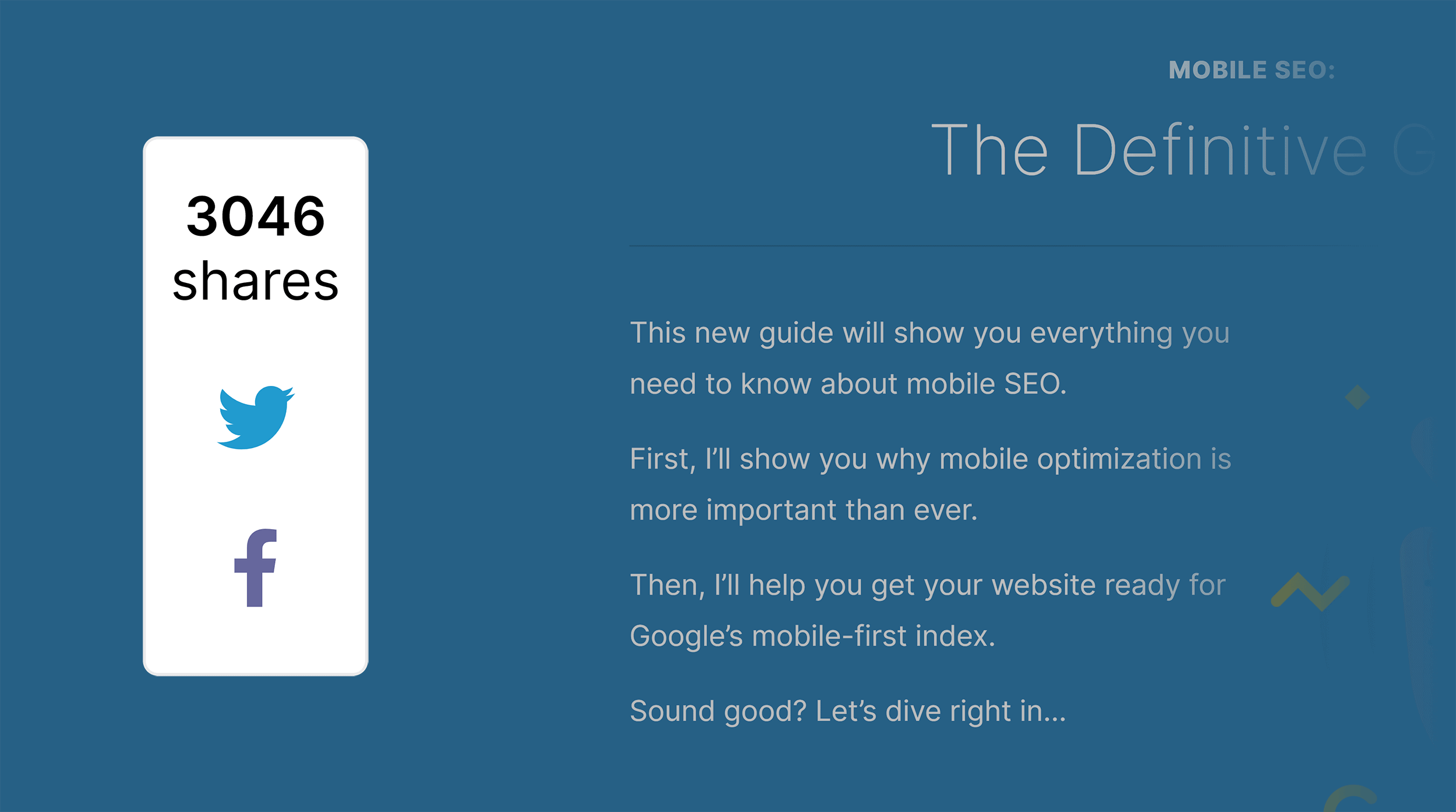
Comments:
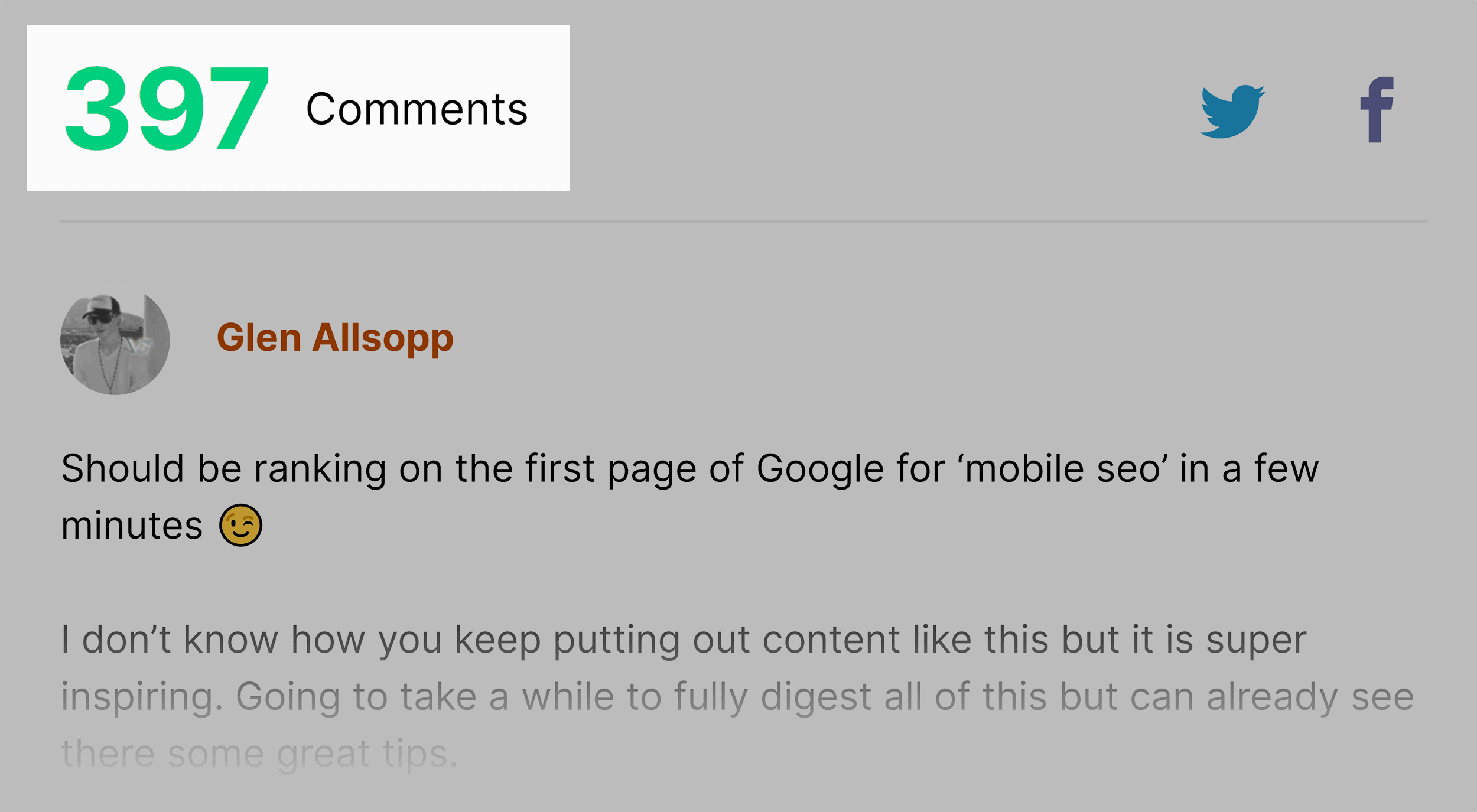
And most important of all, backlinks:
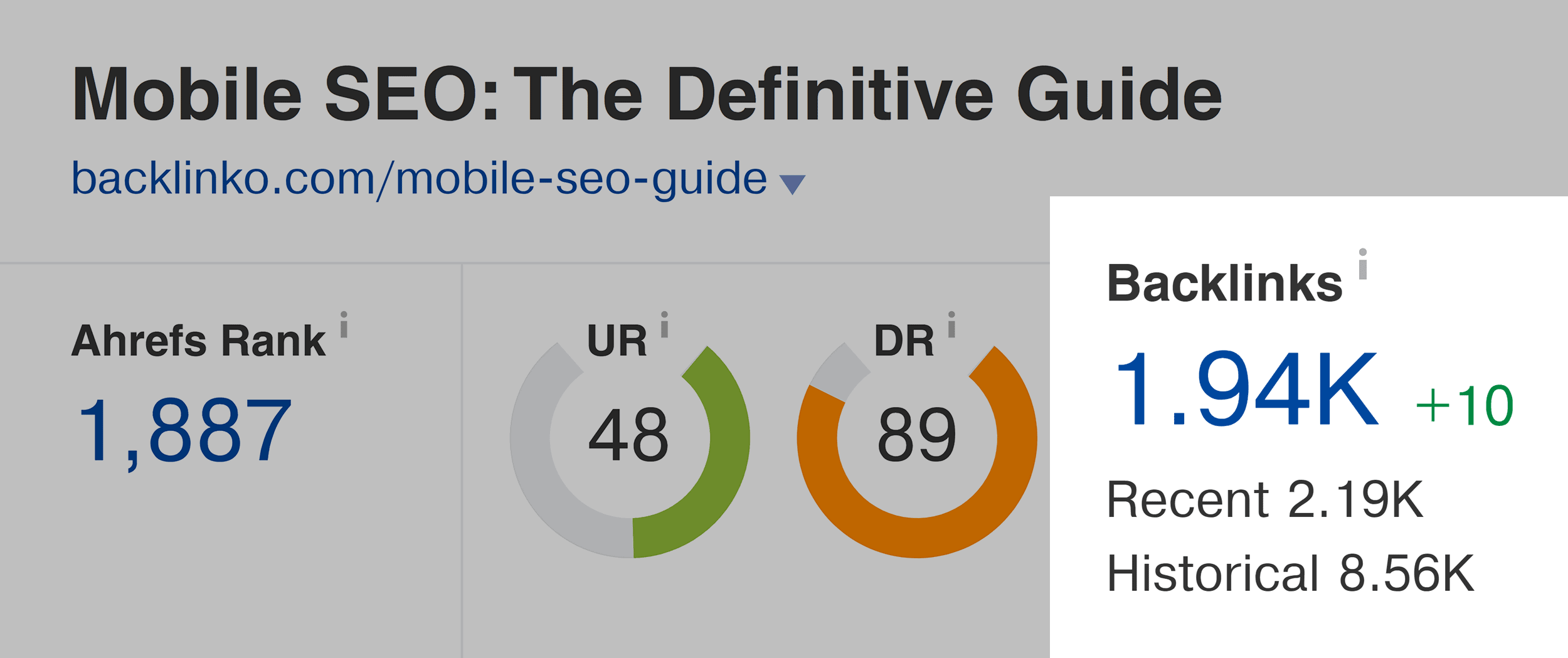
So, what if you want to create something that’s simply better than what’s already ranking on the first page of Google?
In this case, you want to publish content that’s 10x better than what’s out there.
For example:
A while back I noticed that most content about “SEO tools” only listed 10-20 tools.
And I knew that publishing another list of 20 tools wouldn’t work.
So I decided to create a list of 177 SEO tools.
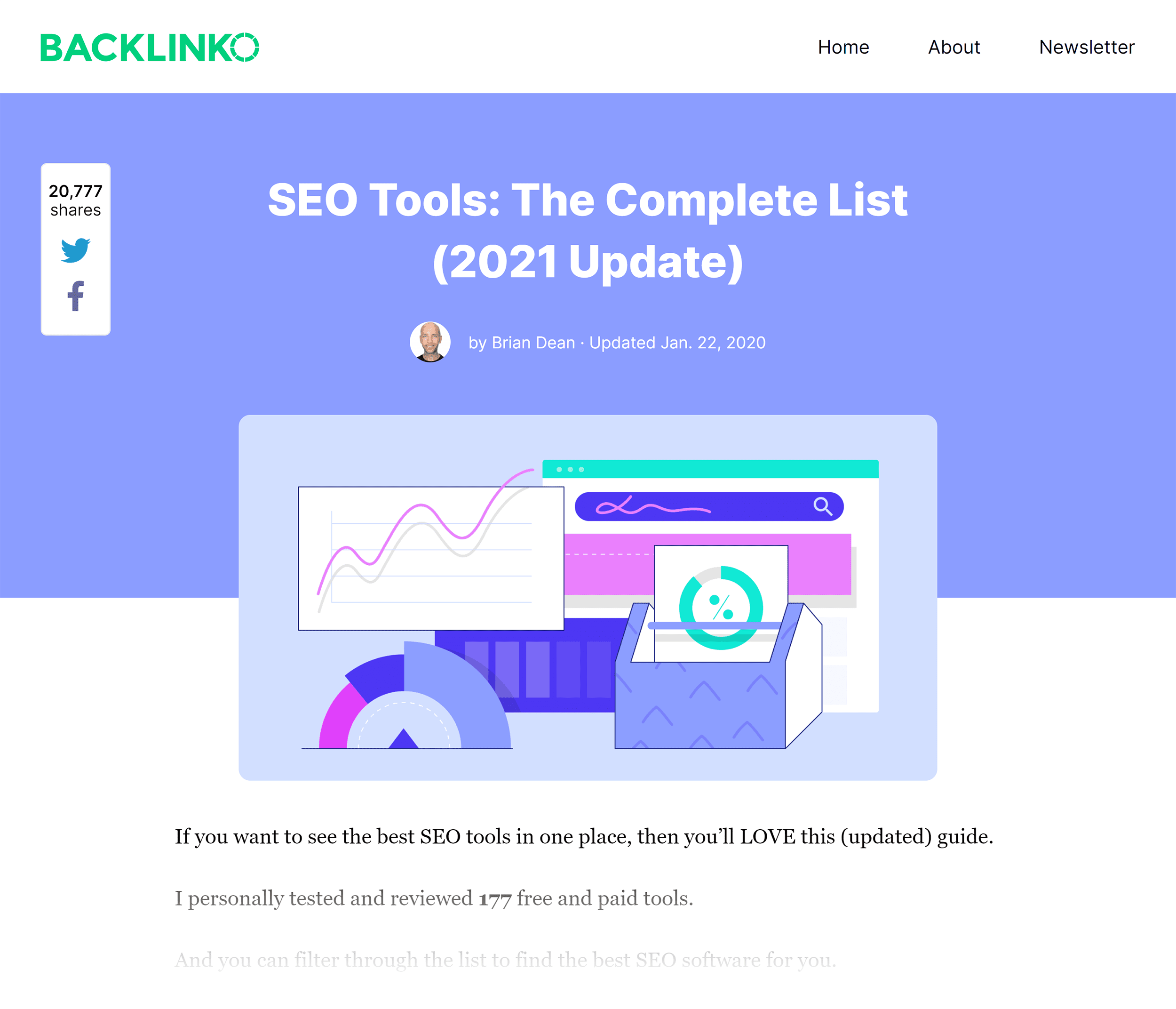
That post now ranks in the top 3 for the keyword “SEO Tools”:

Step #4: Add a Hook
If you want to improve your search engine rankings in 2024, you need to get backlinks.
(And lots of them.)
In fact, according to a study by Stone Temple Consulting that was published on the Moz blog, links are still strongly correlated with first page Google rankings.
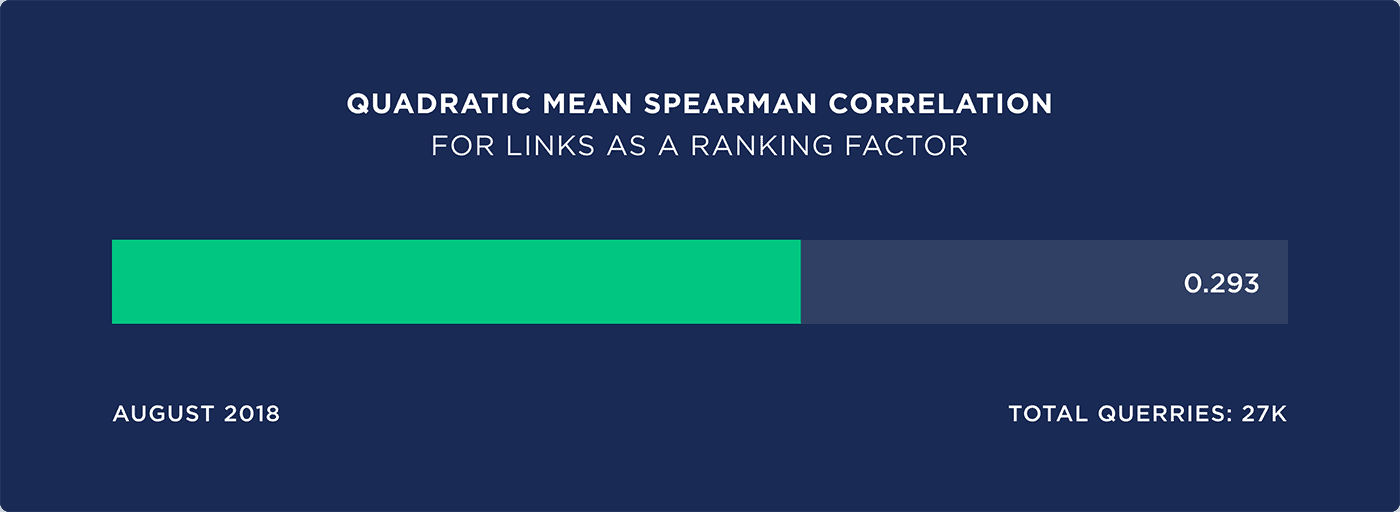
Which means they’re still a key Google ranking factor.
The question is: how do you do it?
Well, you need to figure out why people link to specific pieces of content in your industry.
(Also known as “The Hook”.)
Then, include that “Hook” in your content.
Let’s look at a real-life example:
A while ago I noticed more and more bloggers writing about voice search.
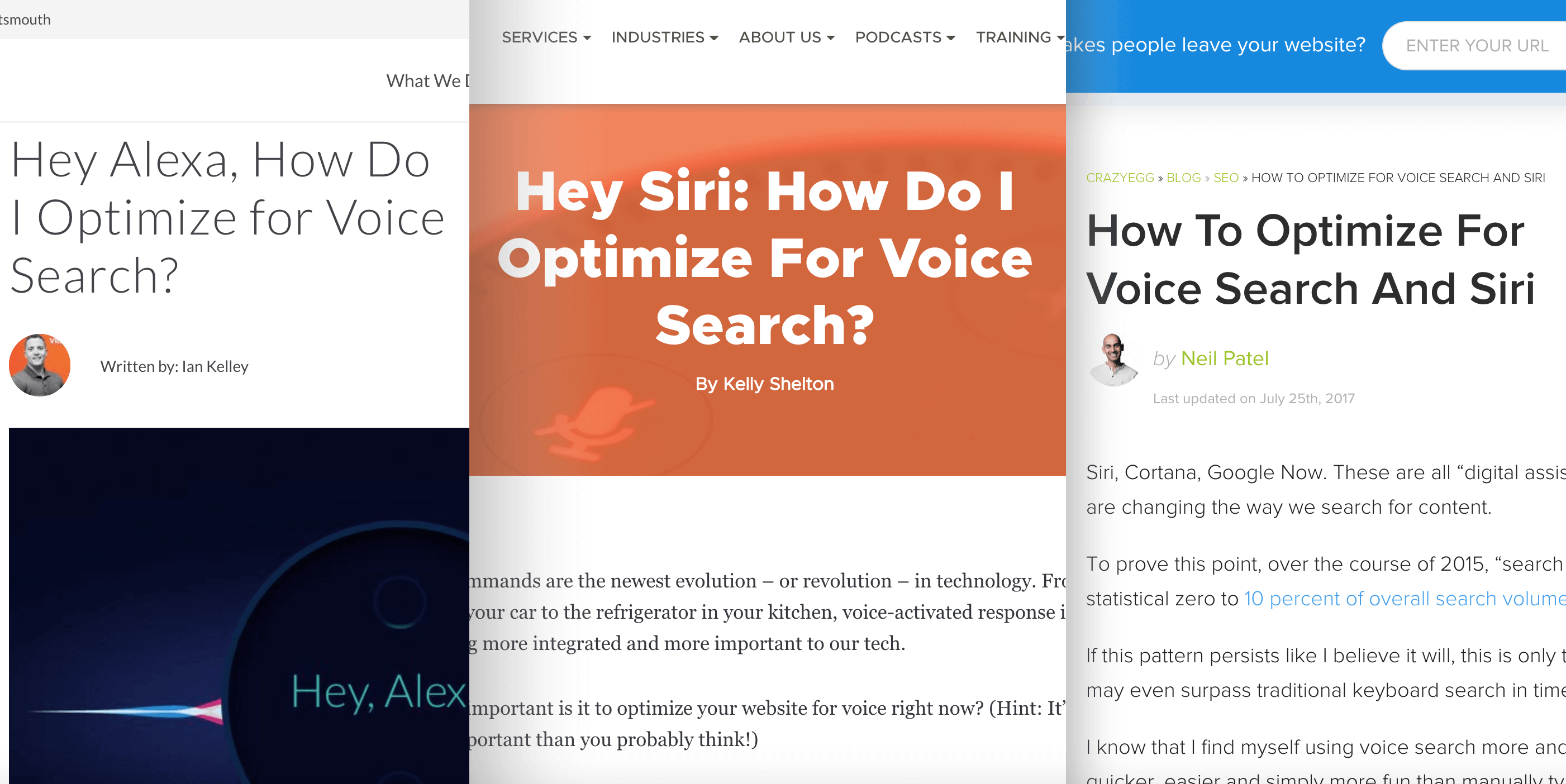
I noticed something else too:
When people wrote about voice search, they linked to content that featured stats and data:
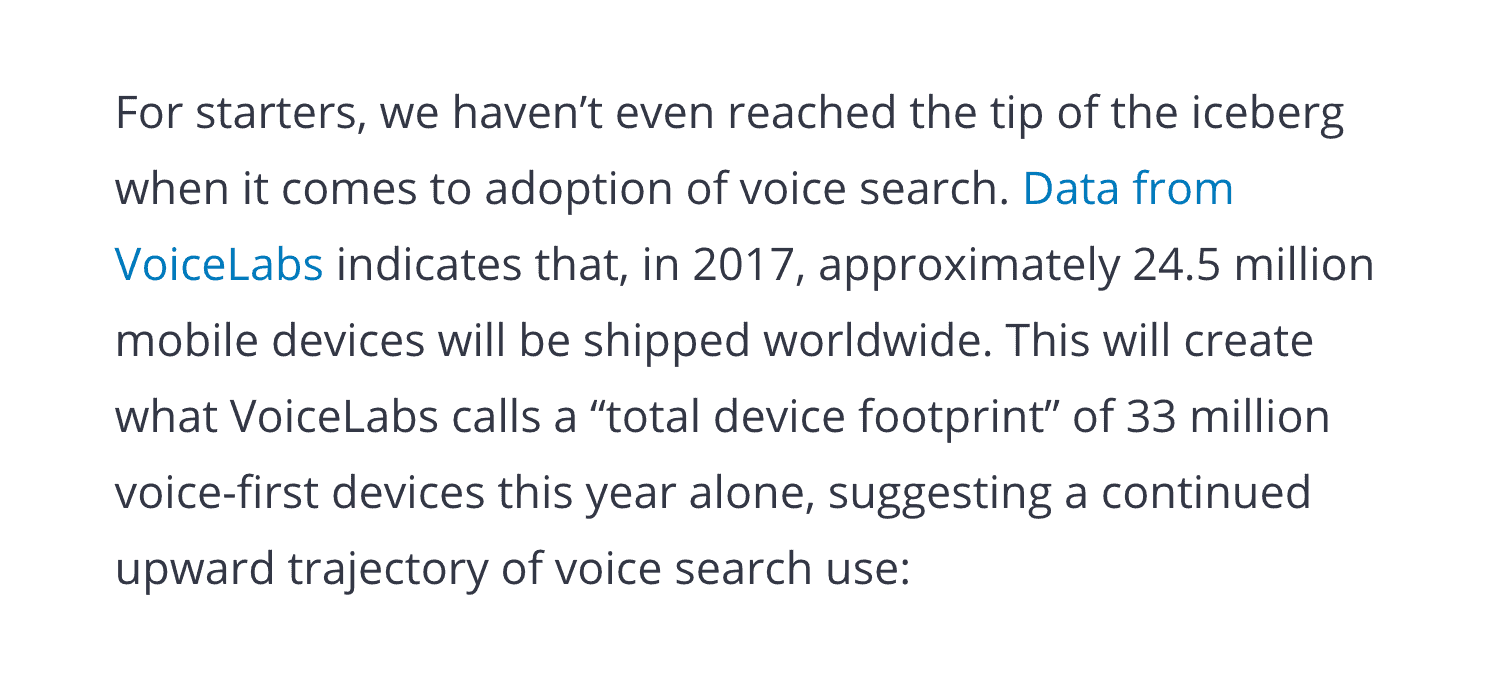
So I decided to do a voice search study that was packed with stats:

To date, this single post has racked up 5.6K backlinks:

And 90%+ of these backlinks cite a specific stat from my post:
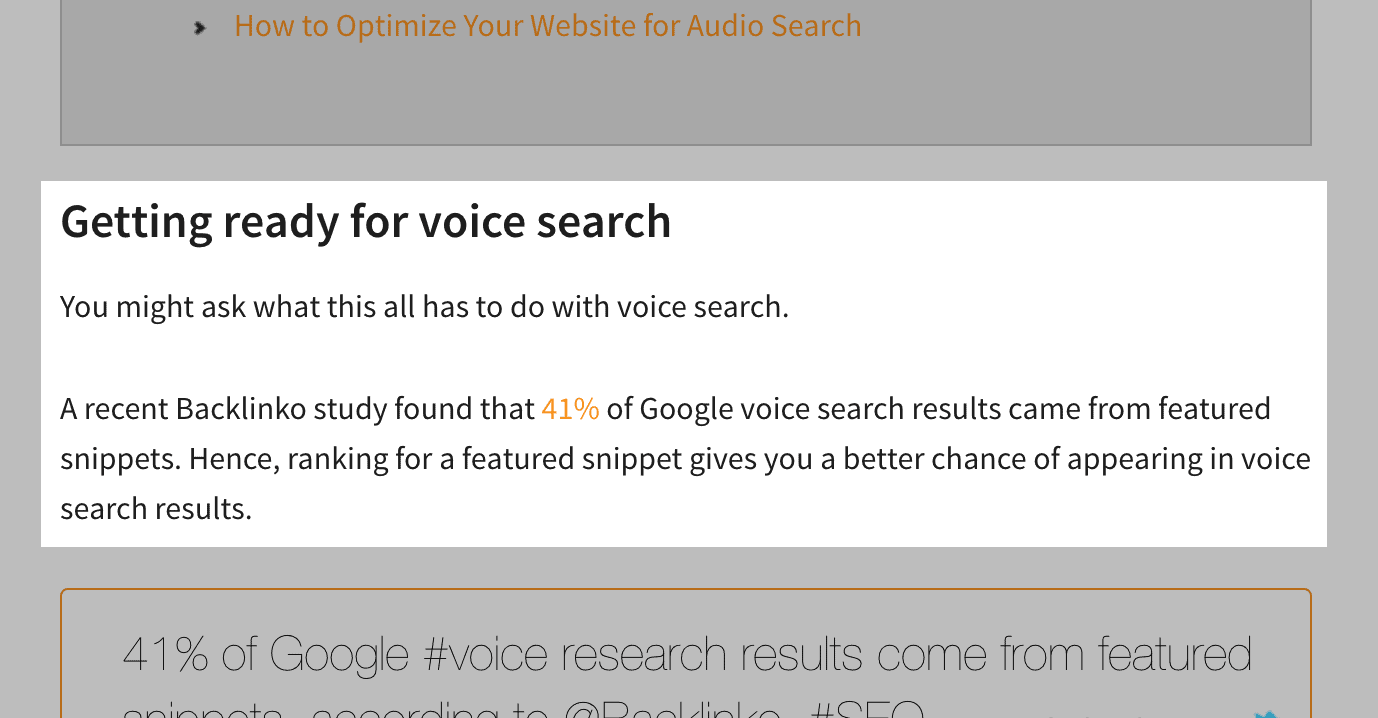
That said:
Data is just one type of “Hook” that you can use to build links to your content.
Another Hook that’s working well right now is Ultimate Guides.
When you publish an ultimate guide, your guide itself is The Hook.
I’ll explain with an example…
A few years back I published Link Building: The Definitive Guide.
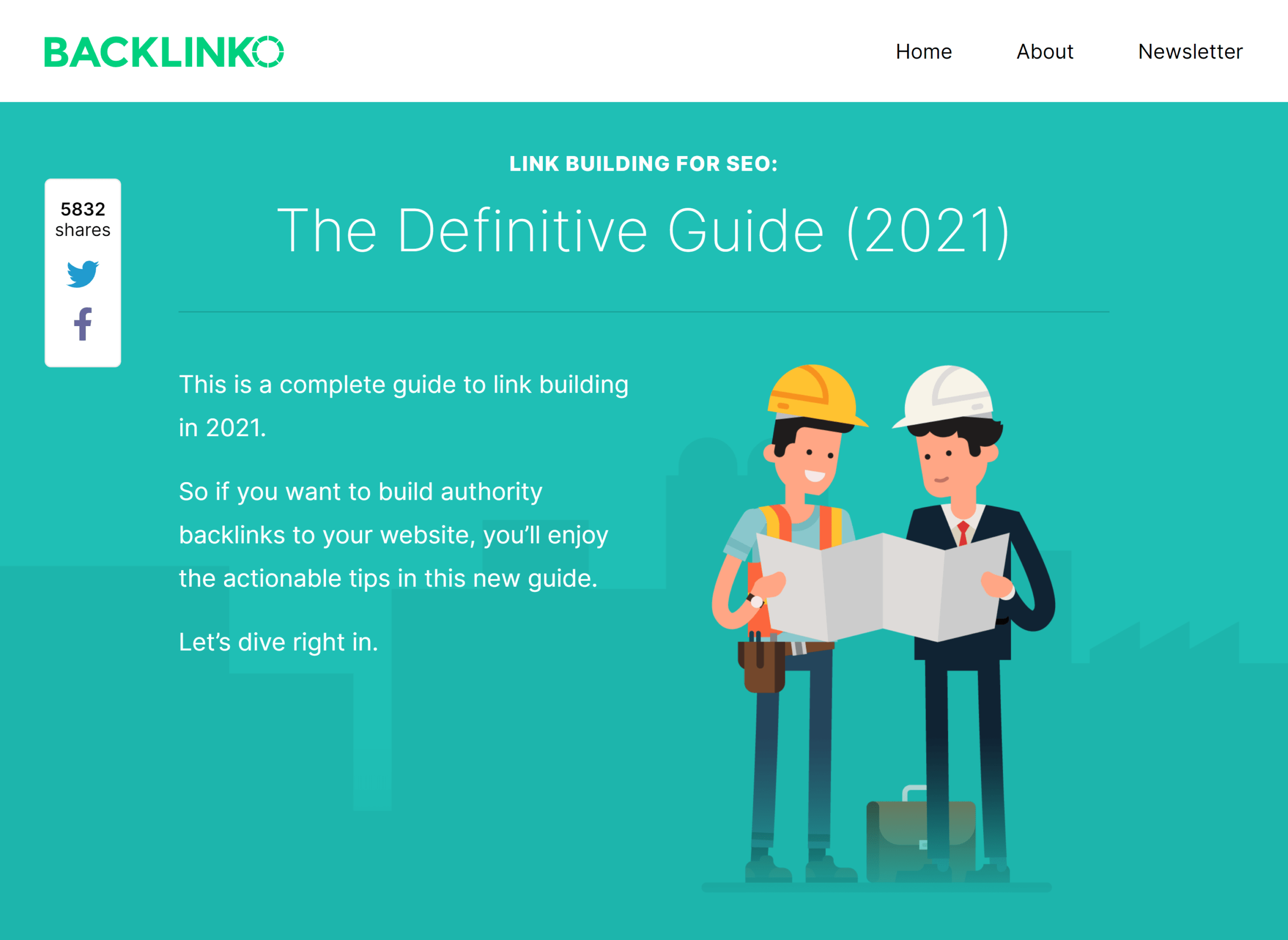
It was (and still is) the most complete guide to link building out there.
Every now and again a blogger will mention “link building” in a post.
But they don’t have room to cover the entire topic.
So they link to my guide as a way for their readers to learn more:
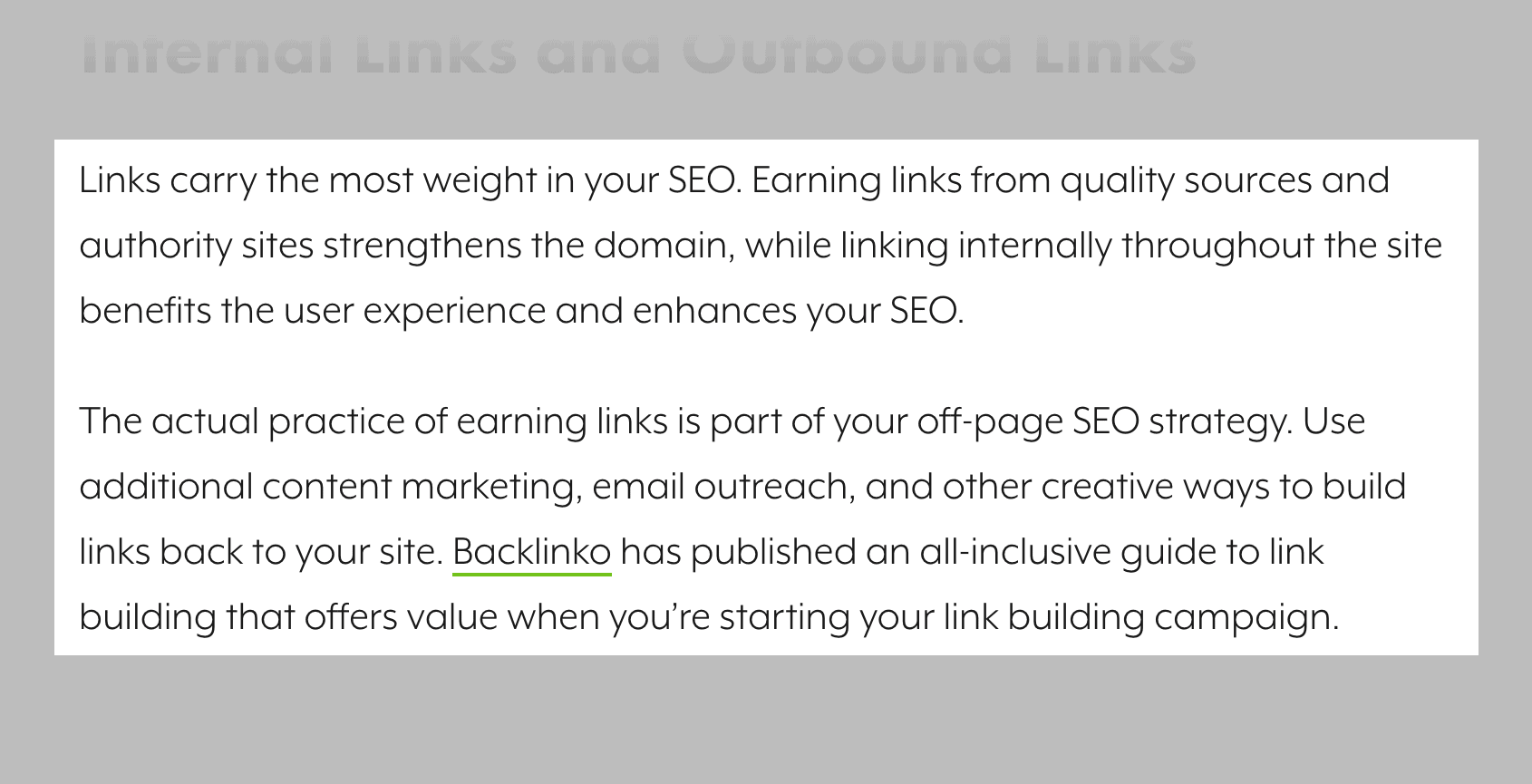
Very cool.
Step #5: Optimize For On-Page SEO
This step is all about keyword-optimizing your content for SEO.
There’s a lot more to on-page SEO than I could cover in a single post.
So if you want to learn more about optimizing your content for SEO, talk to us
That said, here are three core on-page SEO techniques that I recommend focusing on in 2024.
Internal Linking
Yup, internal linking still works.
But you have to do it right.
Specifically, you want to link from high-authority web pages to pages that need more authority.

For example, few years ago I published Google Search Console: The Definitive Guide.
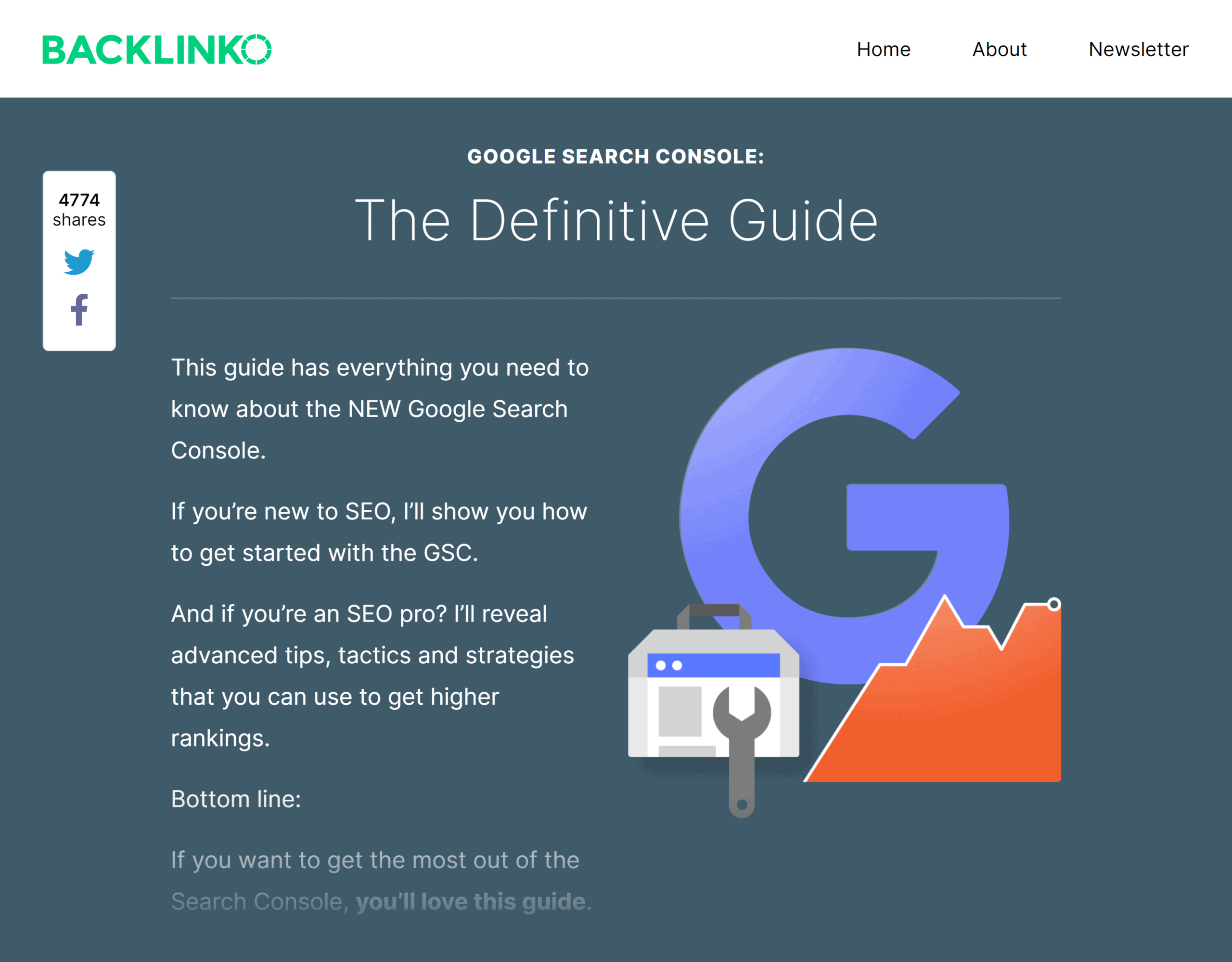
So I found a page on my site with a ton of authority…
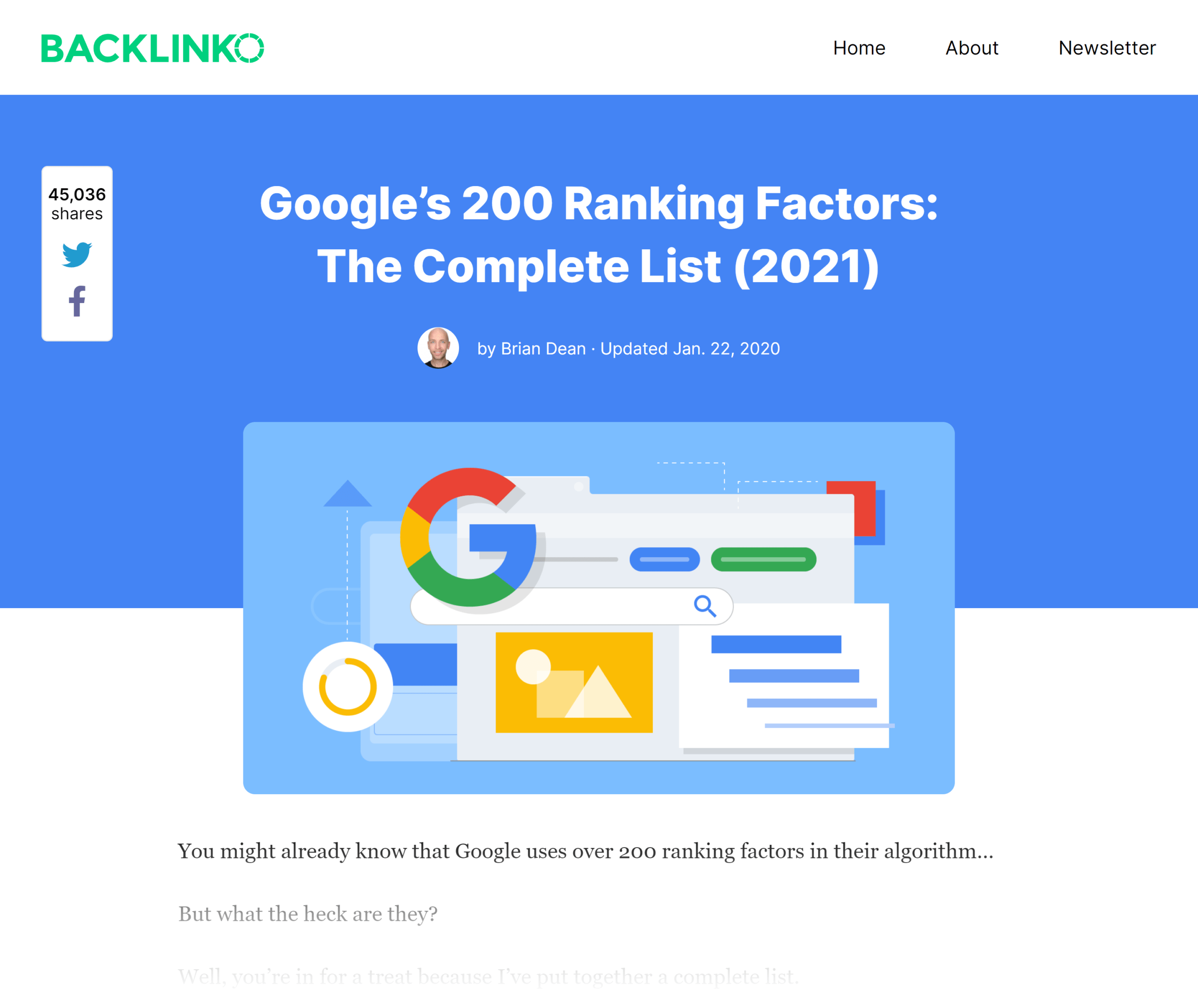
…and linked from that page to my new guide.
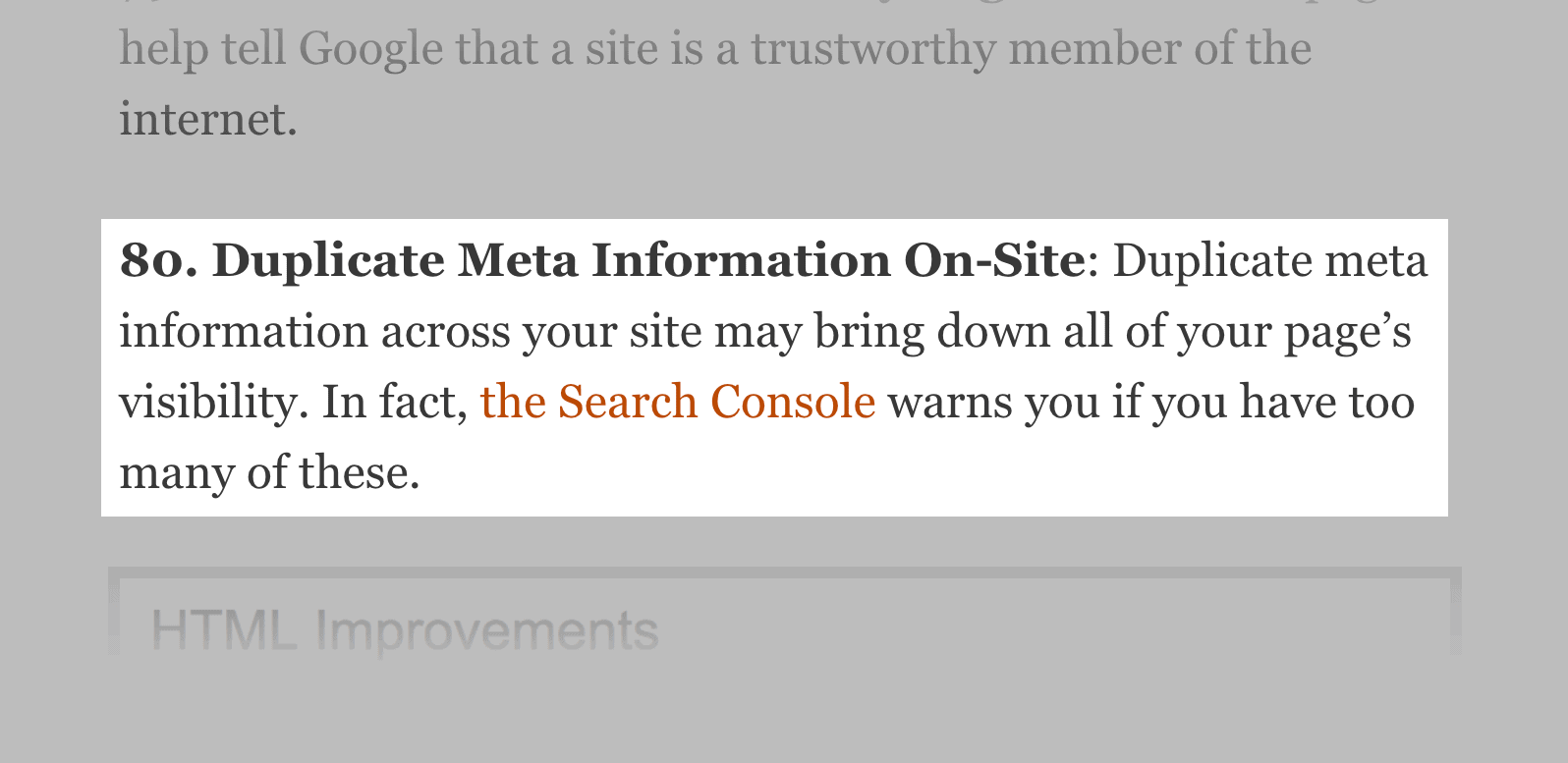
Simple.
Short, Keyword-Rich URLs
Our analysis of 11.8 million Google search results found something that surprised a lot of people:
When it comes to search engine optimization, short URLs generally outperform long URLs.

That’s why I make my URLs either just my keyword…

… Or my target keyword plus one more word:

Either way works.
Semantic SEO
Finally, I optimize my content for Semantic SEO.
In other words:
I find words that are related to my target keyword.
Then, I use those terms in my content.
To do this yourself, type your target keyword into Google Images.

And Google will give you words and phrases they consider closely related to that topic:

Then, type the same keyword into a normal Google search. And scroll down to the “Searches related to…” section.
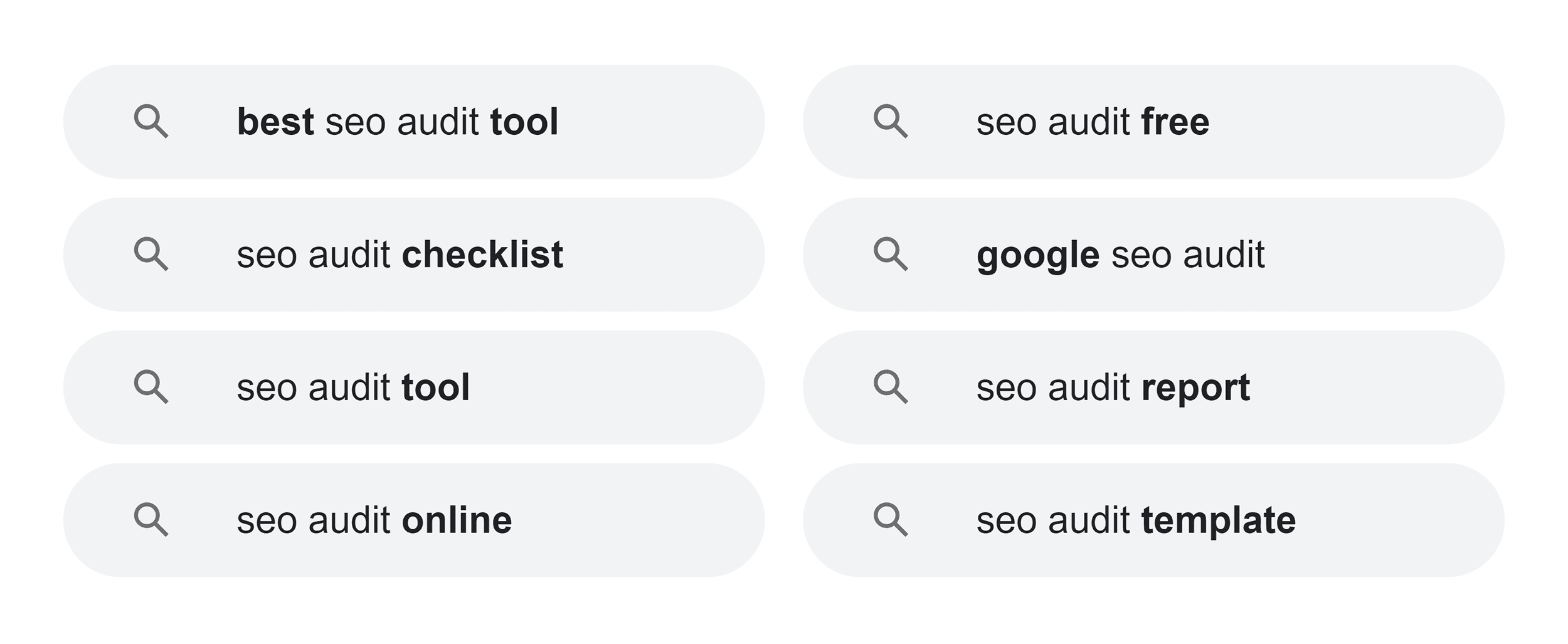
Finally, sprinkle any of the terms that you find into your content:
And you’re set.
Step #6: Optimize For Search Intent
In other words: The Skyscraper Technique 2.0.
I’ll show you how this works with a quick example.
A few years ago I wrote a post about getting more traffic to your site.

It did OK.
But it never cracked the top 5 for my target keyword (“increase website traffic”).
And when I analyzed Google’s first page, I realized why:
My page didn’t satisfy the search intent for that keyword.
I’ll explain…
Most of the content ranking for “increase website traffic” listed bite-sized traffic tips.

But my post gave them a high-level process.

This wasn’t the user experience search engine visitors wanted. So I rewrote my content to match this keyword’s Search Intent.
Specifically, I turned my process into a list post:
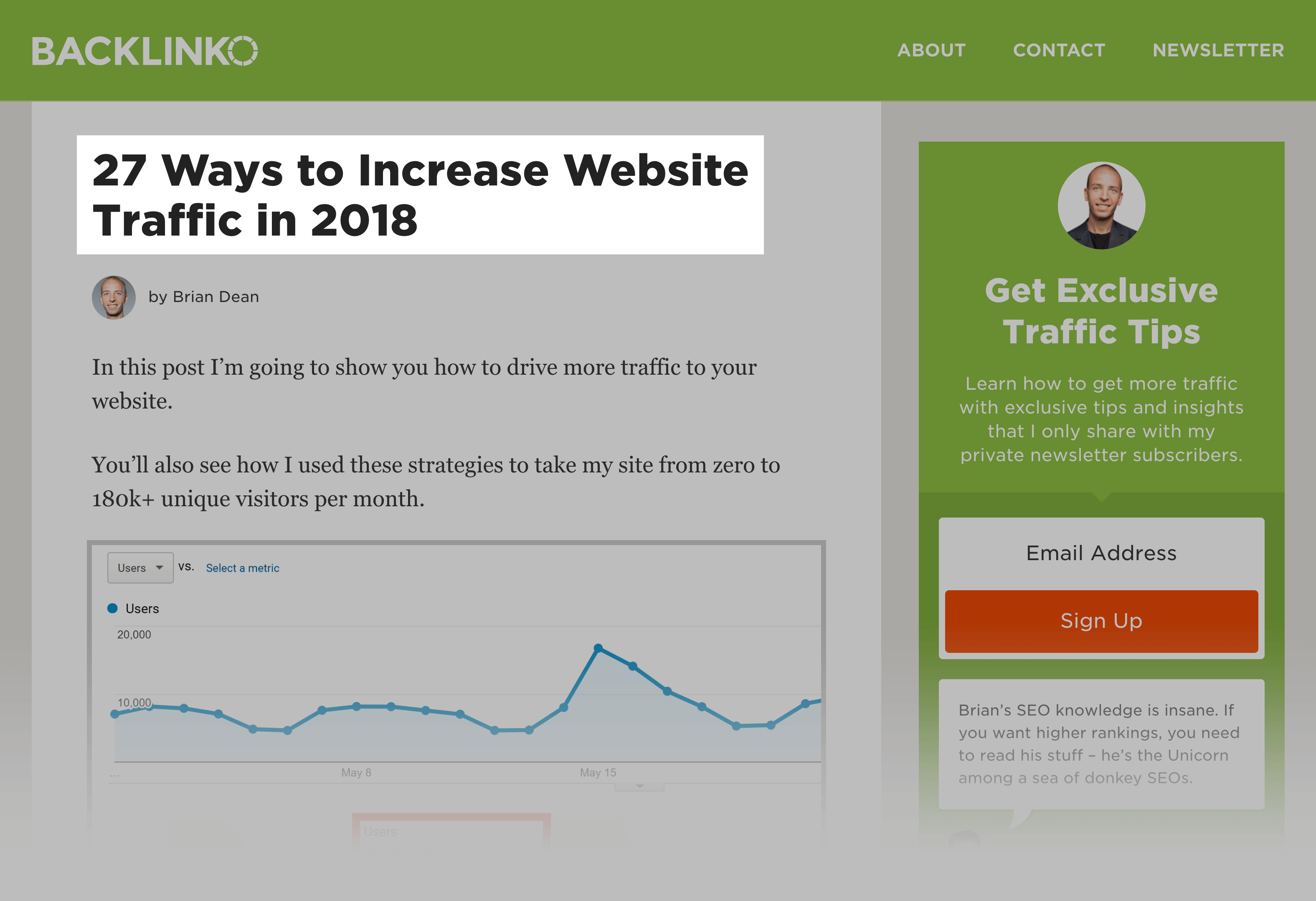
And now that my content matched Search Intent, it ranked in the top 3 for my target keyword:

Which led to a 70.43% boost in search engine traffic compared to the old version of the post:
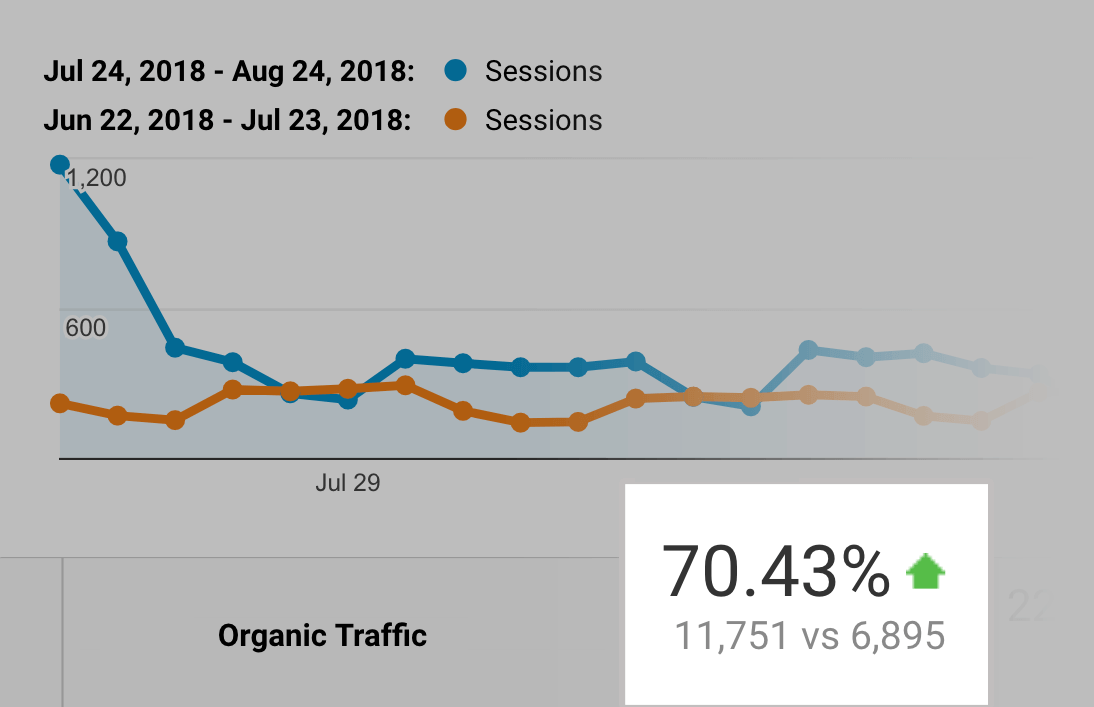
That said:
You can (and should) publish content with Search Intent in mind right out of the gate.
In fact, that’s what I did with this post: The Ultimate SEO Audit.
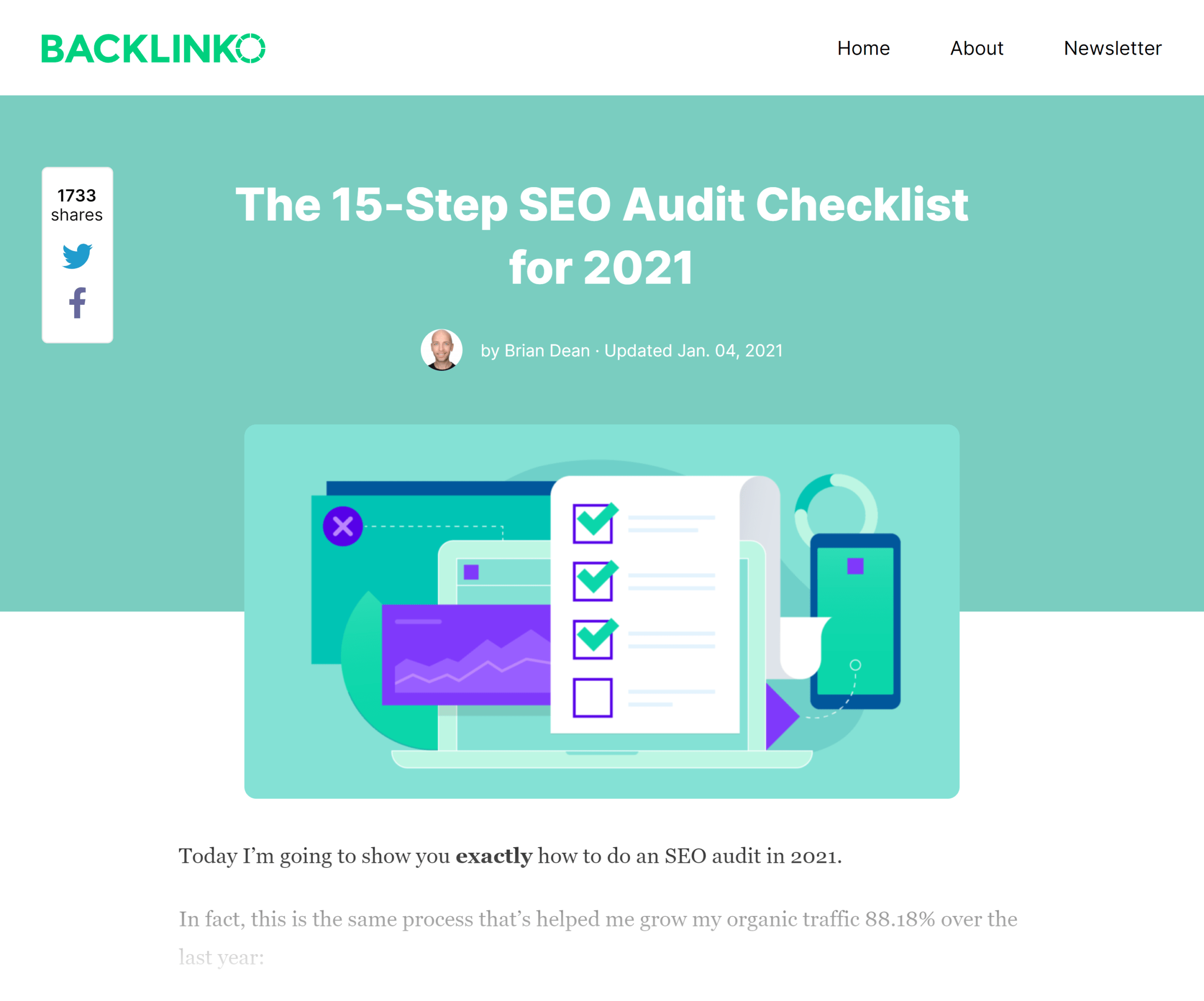
I saw that most of the content ranking for “SEO Audit” listed out non-technical steps.
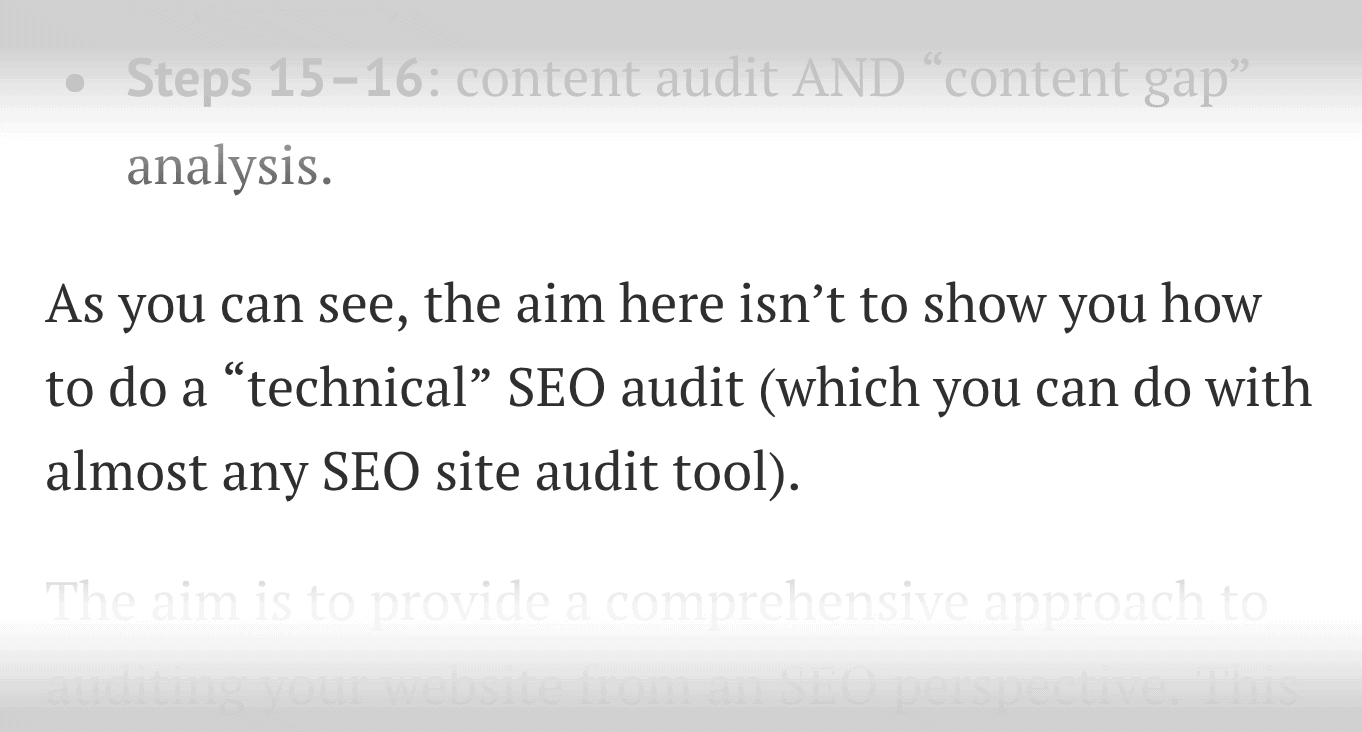
So I included simple strategies that anyone could use:
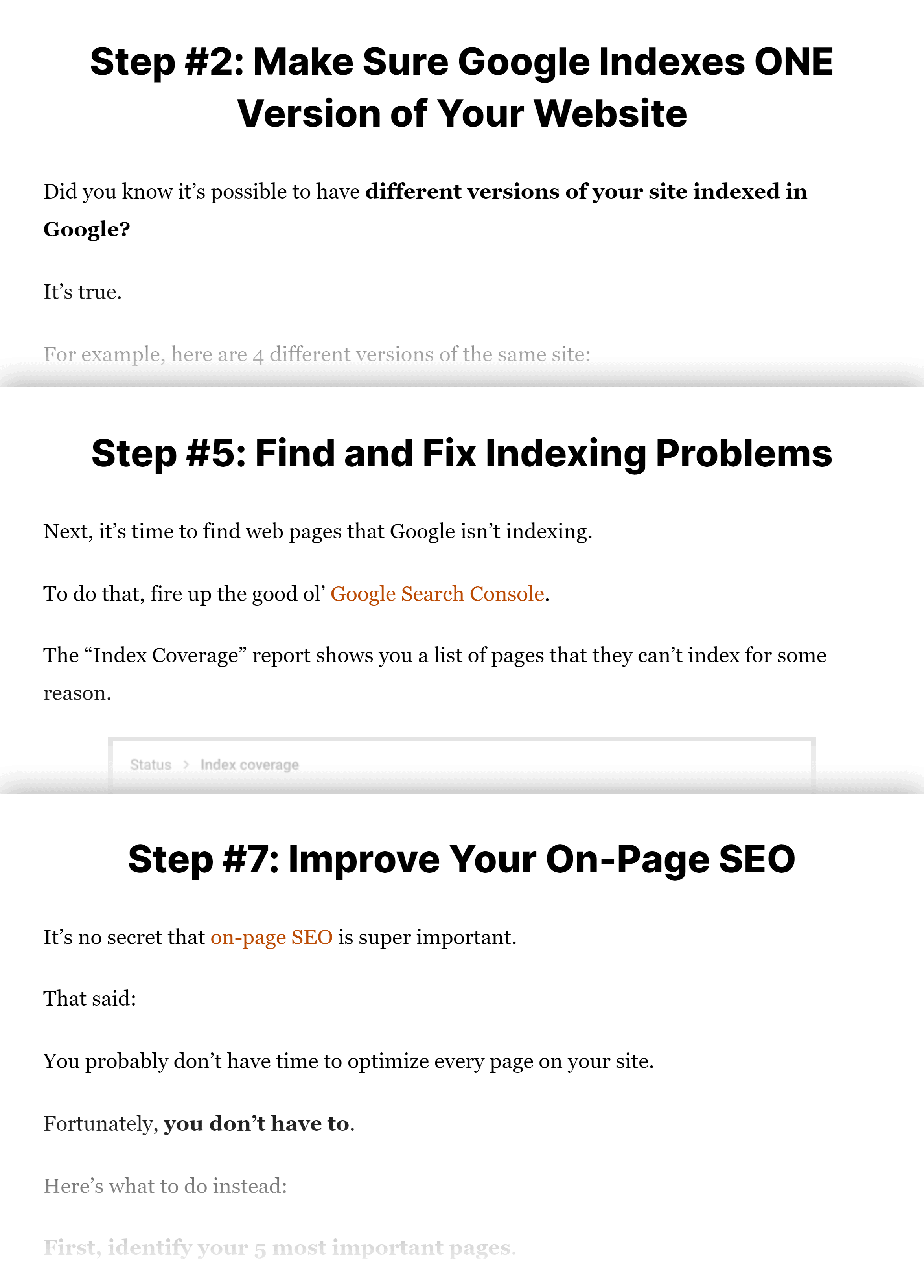
And this Search Intent optimization helped my post crack the first page of Google within a month.
Step #7: Focus On Content Design
The design might be the most underrated part of content marketing.
You can have the best content ever written.
But if it looks like this…
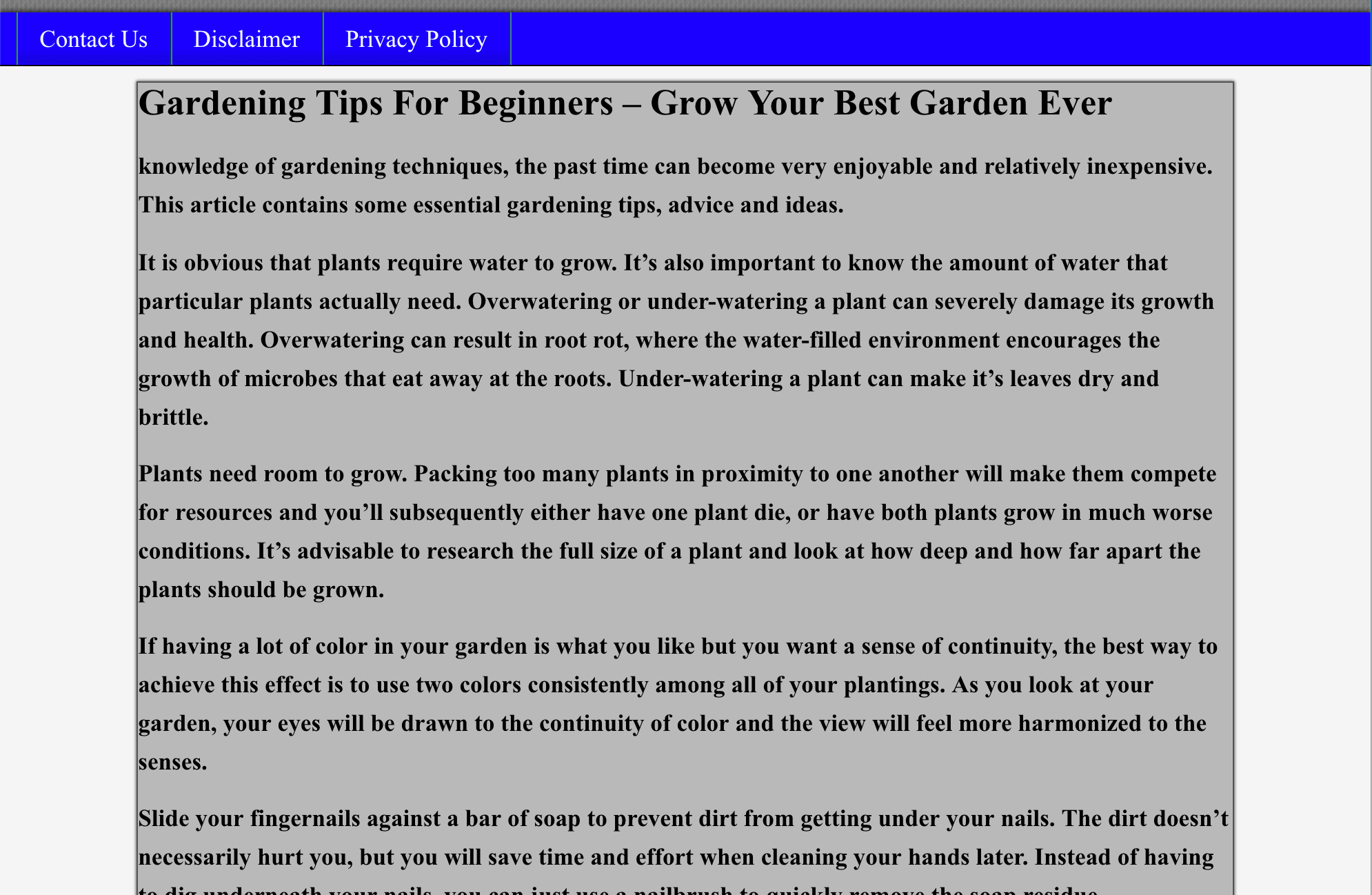
…it’s usually not going to get much traction.
That’s why I invest a lot of my marketing budget into content design.
if you are looking for best SEO Strategy
contact us and on our SEO team will assist you

Leave a Reply